How to fertilize geraniums – pro tips for flourishing blooms
Gardening experts share advice for feeding pelargoniums in both pots and borders

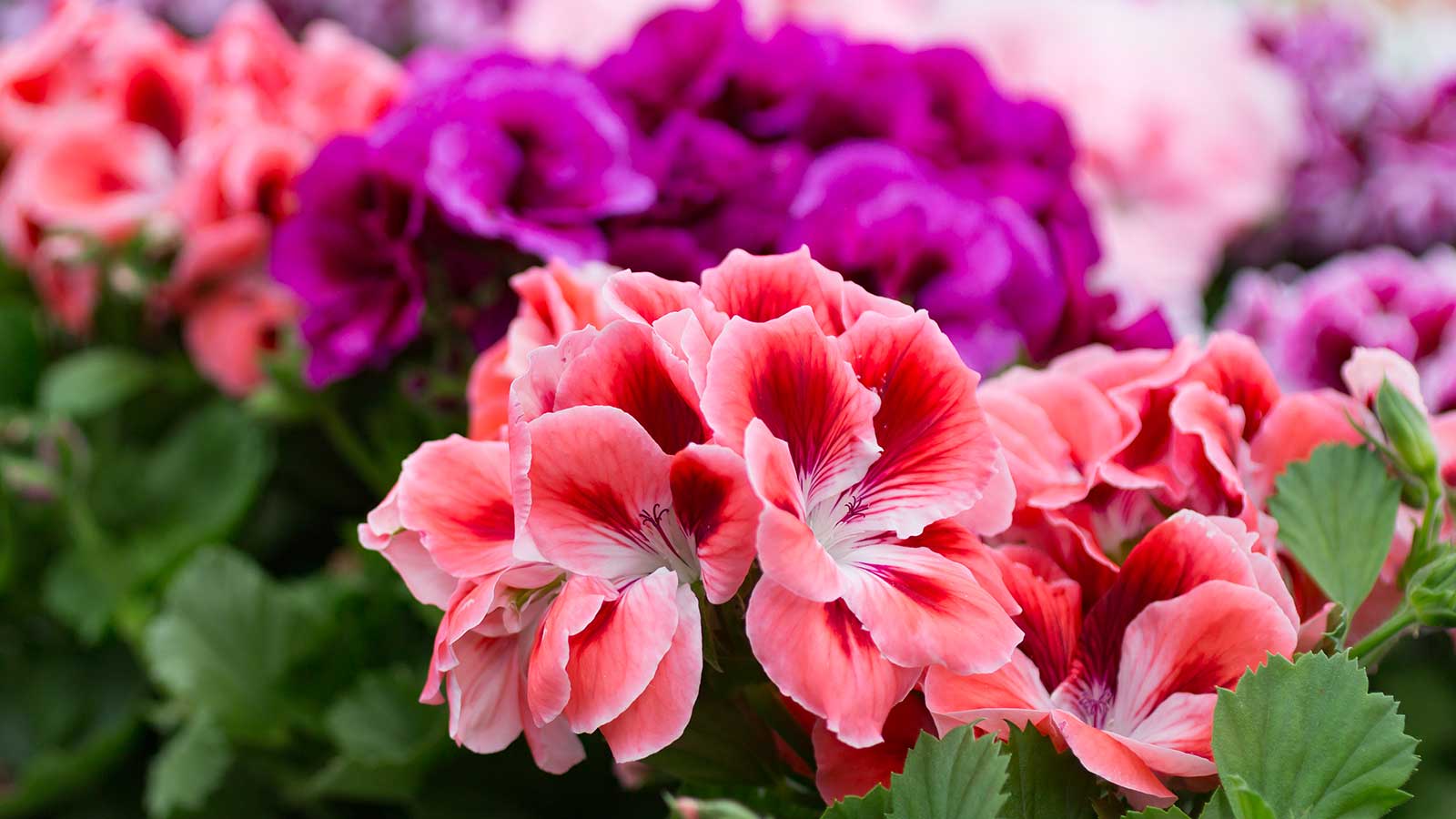
Q: I have bought a few tender geraniums in pots, which I plan to keep on the patio during summer. Is it a good idea to feed them, and if so, how and when should I do it?
A: Tender geraniums, also known as pelargoniums, are a fabulous choice for container gardens. And fertilizing them can promote abundant flowering and healthy foliage, as Autumn Janus from Perfect Plants Nursery points out. According to gardening expert Tony O'Neill, fertilizers also provide essential nutrients that support the resilience of the plants, helping them withstand pests and diseases.
However, it's important to feed your plants in the right way, as well as at the right time, for the best results. This guide explains how to do it, so you can enjoy these blooming beauties at their best.
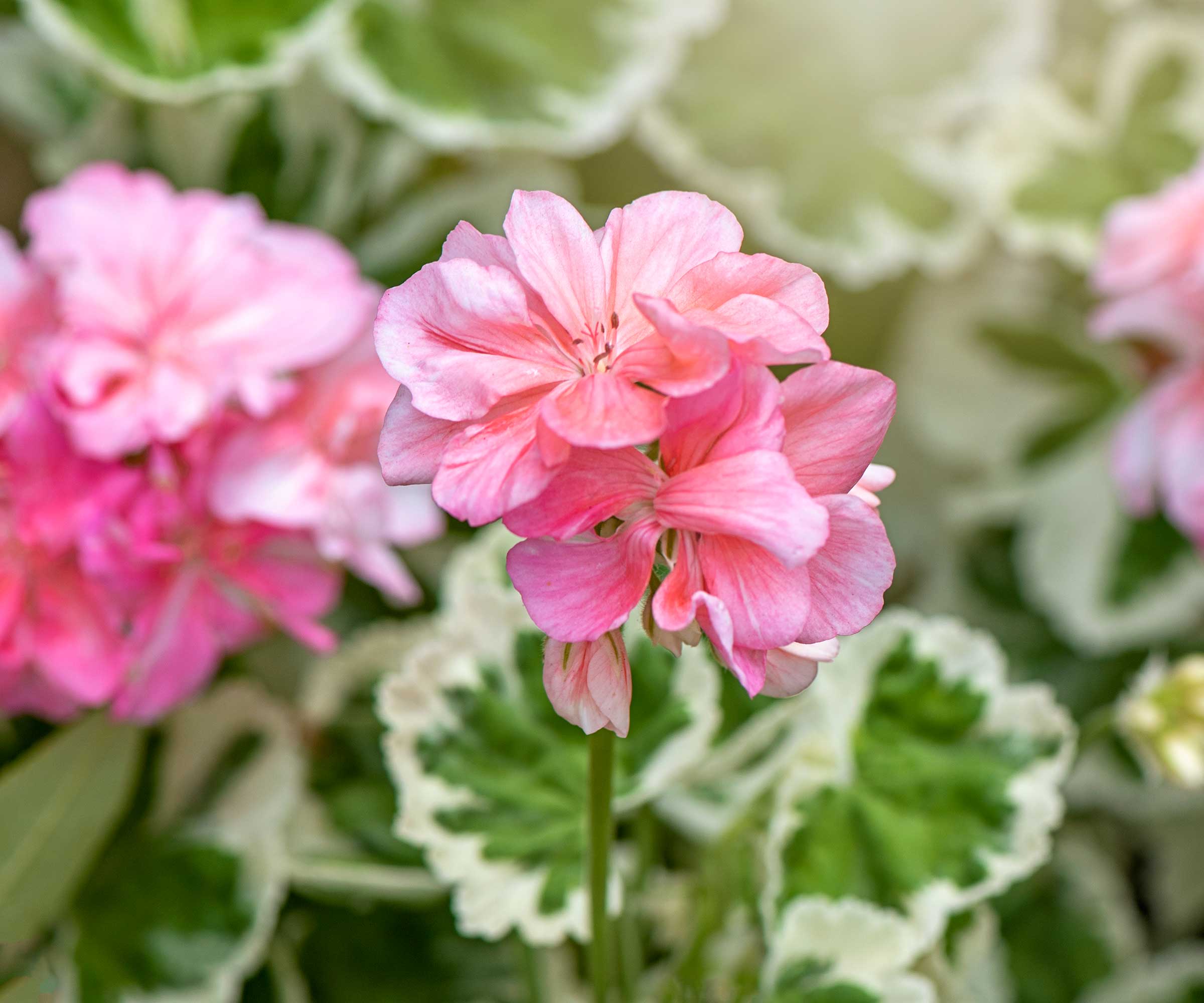
Pelargoniums have vibrant flowers in the summer

Autumn is a horticulture specialist and marketing professional at Perfect Plants Nursery. With four years of experience in the horticulture industry, she has developed a passion for helping people create beautiful indoor and outdoor spaces to enjoy. Her expertise in horticulture encompasses a broad range of activities, including plant care and selection, landscape design, and maintenance.

Tony O'Neill is a gardening expert, best-selling author, and educator. With a thriving YouTube channel boasting 434,000 subscribers and over 1.4 million monthly views, along with his award-winning website Simplifygardening.com, he shares his passion for gardening and sustainability. He has authored Simplify Vegetable Gardening, Composting Masterclass, and Your First Vegetable Garden, empowering individuals to cultivate their own green spaces.
Expert advice on how to fertilize geraniums
Whether you're a big fan of the Pelargonsjuka trend or just have one or two of these cheery plants, these top tips will help them thrive.
Fertilizing geraniums in pots
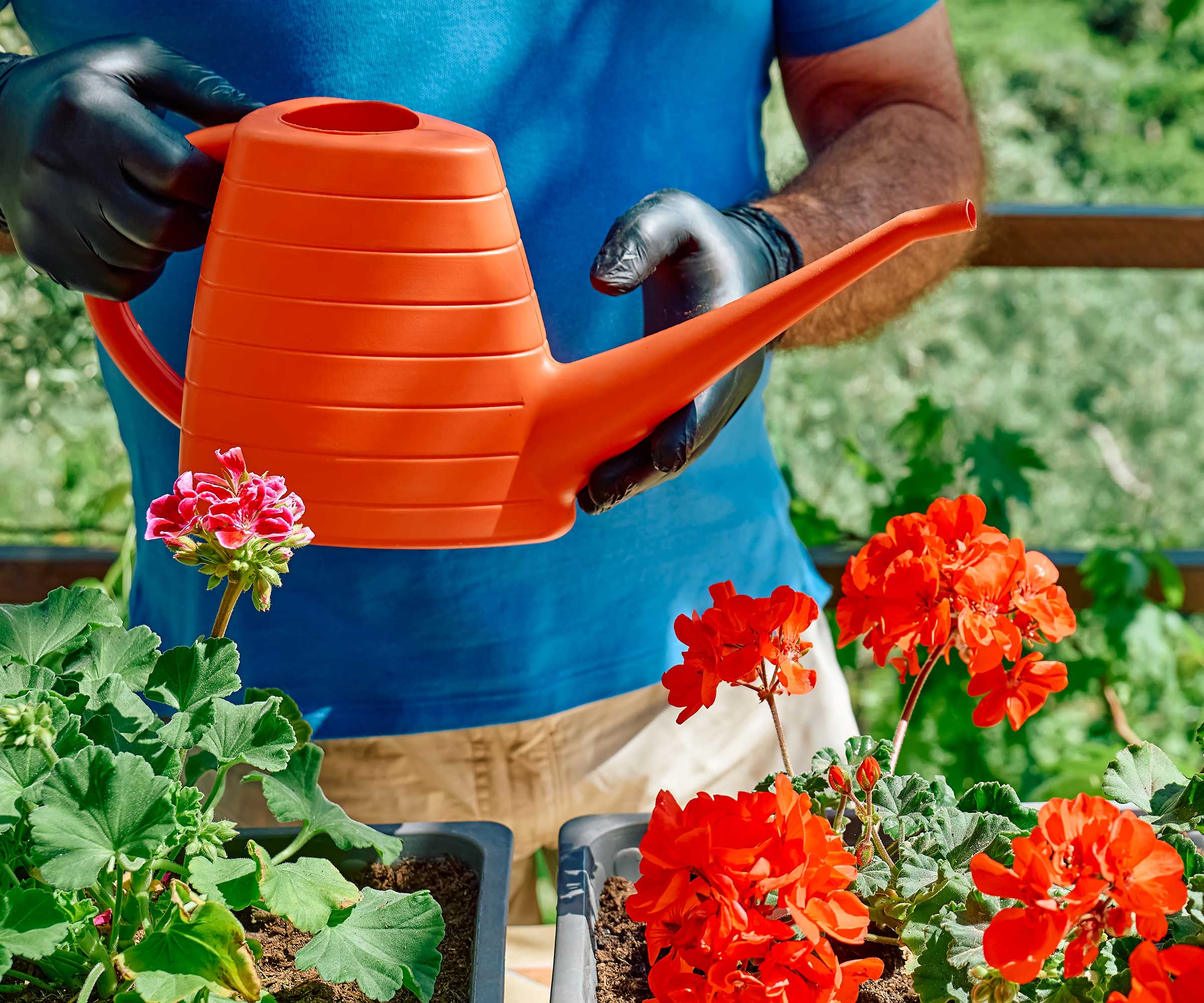
Make sure you dilute liquid fertilizer according to packet instructions
Anna Ohler, the owner of Bright Lane Gardens nursery, recommends feeding pelargoniums in pots every two to four weeks during the growing season (spring and summer). Reduce feeding to once a month in the fall, and stop during the winter, she adds.
Slow-release fertilizers should be applied at the beginning of the growing season, following the package recommendations for the amount and frequency, she adds.
'Always apply fertilizer according to the package instructions,' she continues. If using a liquid fertilizer, she says to water the plants with it, ensuring even distribution around the base. 'Avoid getting fertilizer on the foliage to prevent burning.'
Design expertise in your inbox – from inspiring decorating ideas and beautiful celebrity homes to practical gardening advice and shopping round-ups.
If you're using a granular feed, Anna recommends evenly spreading it over the surface of the soil, avoiding the plant stem and leaves.
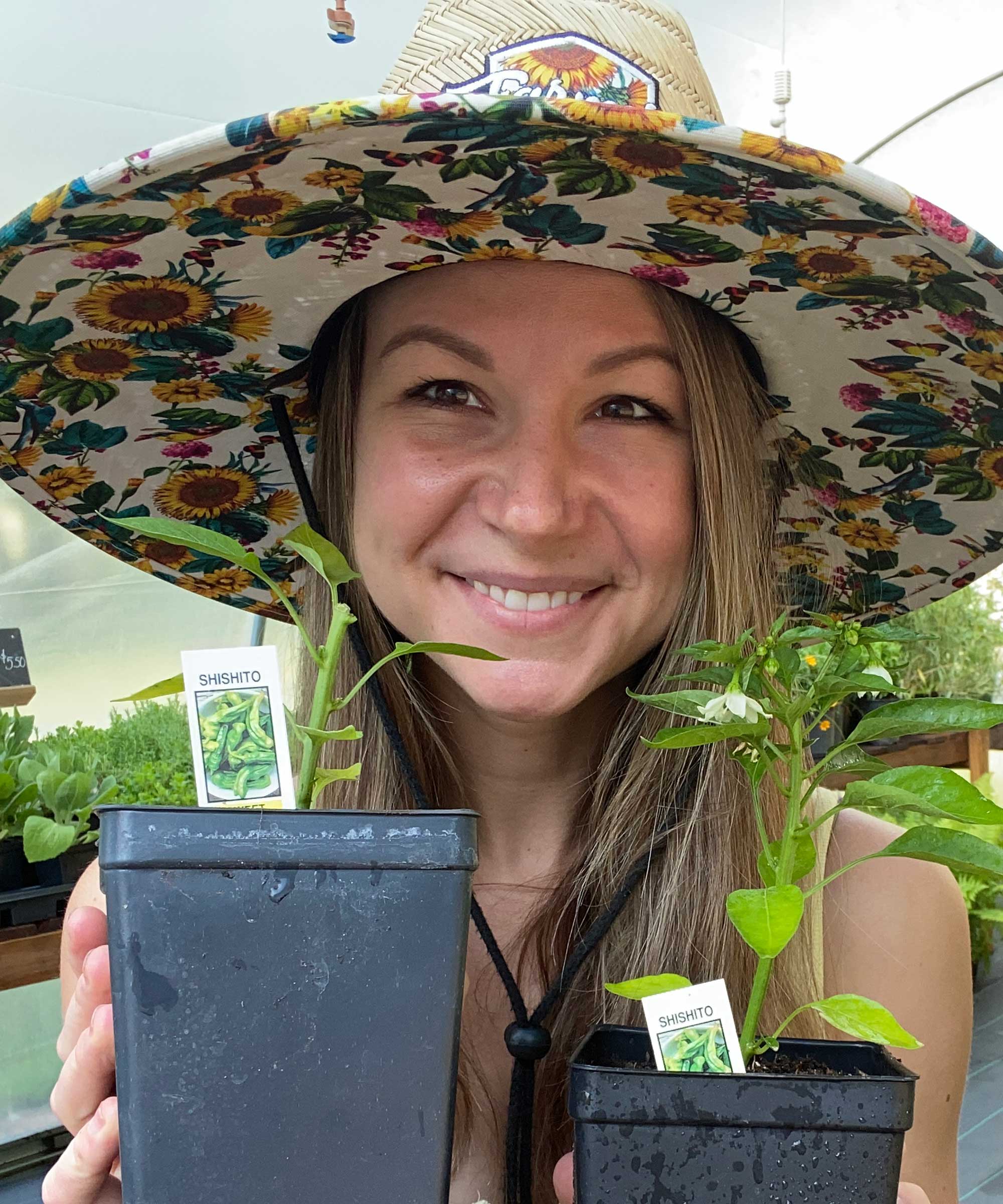
Anna is an avid plant hobbyist and the owner and operator of Bright Lane Gardens, a boutique plant nursery in Northern Michigan. With over a decade of experience in gardening and landscaping, she takes every opportunity to share her knowledge on all things plant-related. She also runs the company's YouTube channel, which is full of practical advice.
Fertilizing geraniums in borders
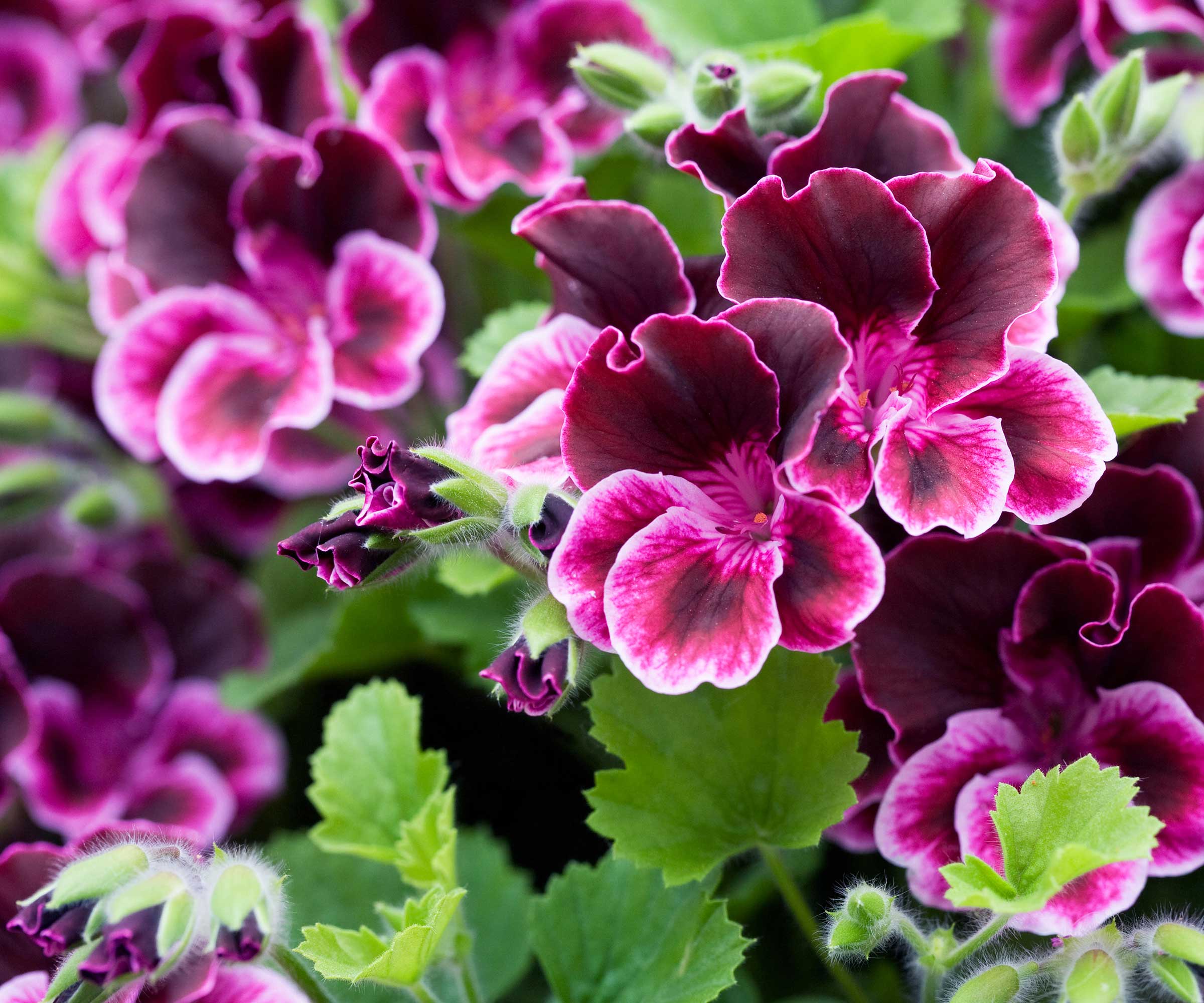
Pelargoniums in borders can also be fed to help them flourish
Pelargoniums also make good summer plants for flowerbeds. Those planted in this way will benefit from a feed, too.
Autumn suggests fertilizing them every four to six weeks during the growing season. 'Same as the potted plants, I would recommend focusing the fertilizer at the base of the plants, near their roots, avoiding pouring the fertilizer on the leaves or flowers,' she adds.
Like with potted plants, slow-release granular fertilizers should be applied at the beginning of the growing season, notes Anna. 'Follow package instructions for the appropriate amount based on the size and number of plants.'
FAQs
When is the best time to fertilize geraniums?
Remember, you won't need to apply fertilizer while overwintering geraniums. Autumn says they can be fertilized up until the first frost of fall.
'It is best to apply liquid fertilizer during your regular scheduled watering, which should be in the morning or evening,' she adds.
What fertilizer should you use to feed geraniums?
Tony O'Neill recommends using a balanced, water-soluble fertilizer with an NPK ratio of 10-10-10 or 20-20-20 for general feeding, but then switching to a fertilizer with a higher phosphorus content, like 15-30-15, during the flowering season.
We like the look of the Miracle-Gro Bloom Booster Flower Food, available from Amazon for the latter, which has lots of great reviews. For a balanced one, consider the popular Jack's Classic 20-20-20 all-purpose, water-soluble fertilizer, also from Amazon.
If you prefer using an organic fertilizer, Anna says compost tea or blood meal are both commonly used with geraniums.
How can you tell if you've overfed your geraniums?
Being overzealous with feeding can do geraniums more harm than good. Anna says to watch for signs such as yellowing leaves, burnt leaf edges, or reduced flowering, which can indicate over-fertilization.
If your pelargonium is in a pot and is showing the signs above, she recommends flushing the soil with water, until it starts to flow from the bottom of the container. This will help to remove excess nutrients. Remember to adjust your fertilization schedule going forward.
The soil around over-fertilized plants in flowerbeds can also be 'flushed', with the help of a garden hose.
Feeding gives many types of plants a boost, both indoors and out. Just be sure to steer clear of the common fertilizing mistakes.

Holly started writing about gardening five years ago, and she is a regular contributor to Homes & Gardens. She has also written many gardening features for Woman & Home and Real Homes, too. She has previous experience as a professional gardener, where she helped to plant and maintain private gardens. Holly has also looked after allotment plots over the years and loves to grow her own flowers and veggies from seed. In her spare time, she enjoys visiting local gardens, botanical drawing, and tending to her ever-growing collection of houseplants.